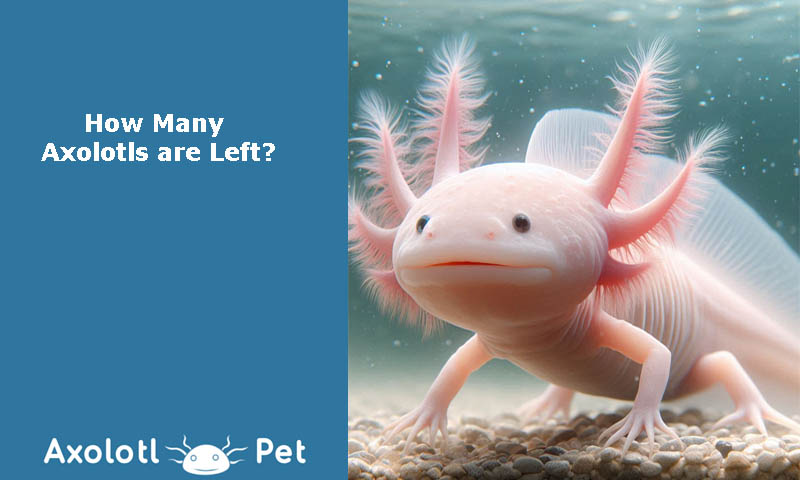How Many Axolotls are Left?
Fewer than 1,000 axolotls are left in the wild, but they thrive in captivity. Wild axolotls are native to Mexico, specifically in the remnants of Lake Xochimilco and Lake Chalco near Mexico City. These lakes are part of a canal system that forms their natural habitat, characterized by clean, calm waters with plenty of vegetation. However, due to urbanization, pollution, and invasive species, their habitat has significantly diminished.
The Axolotl’s population is declining rapidly due to several factors, including the expansion of human populations in Mexico, increased tourism, and the demand for residential housing. These developments encroach on their natural habitat, reducing the space available for the species to thrive.
Additionally, agricultural and industrial pollution severely impact the water quality in the lakes they inhabit, primarily Lake Xochimilco and the remnants of Lake Chalco. The introduction of invasive species, such as Tilapia, further exacerbates the problem, as these fish prey on newborn axolotls and compete for food resources.
To address these challenges, scientists are developing innovative conservation strategies, including the creation of artificial islands. These islands, composed of water plants, logs, and mud, aim to filter pollution from the lakes and provide a safe habitat for axolotls and other native species. Such efforts are part of a broader attempt to restore the ecosystem and stabilize the axolotl population.
Axolotls have a fascinating reproductive process. They reach sexual maturity at about one year old. During courtship, males perform a ritualistic dance, often called the hula, to attract a mate. Females signal their acceptance by nudging the male with their noses.
A single female can lay up to 1,000 eggs, though the average clutch size is around 300. She deposits these eggs on plants and rocks at the lake’s bottom to shield them from predators. The eggs hatch in about two weeks, and the young axolotls begin life independently, learning to survive without parental care.
While axolotls are critically endangered in the wild, conservation efforts and their ability to reproduce in captivity offer hope for the species’ long-term survival.




-0 Comment-